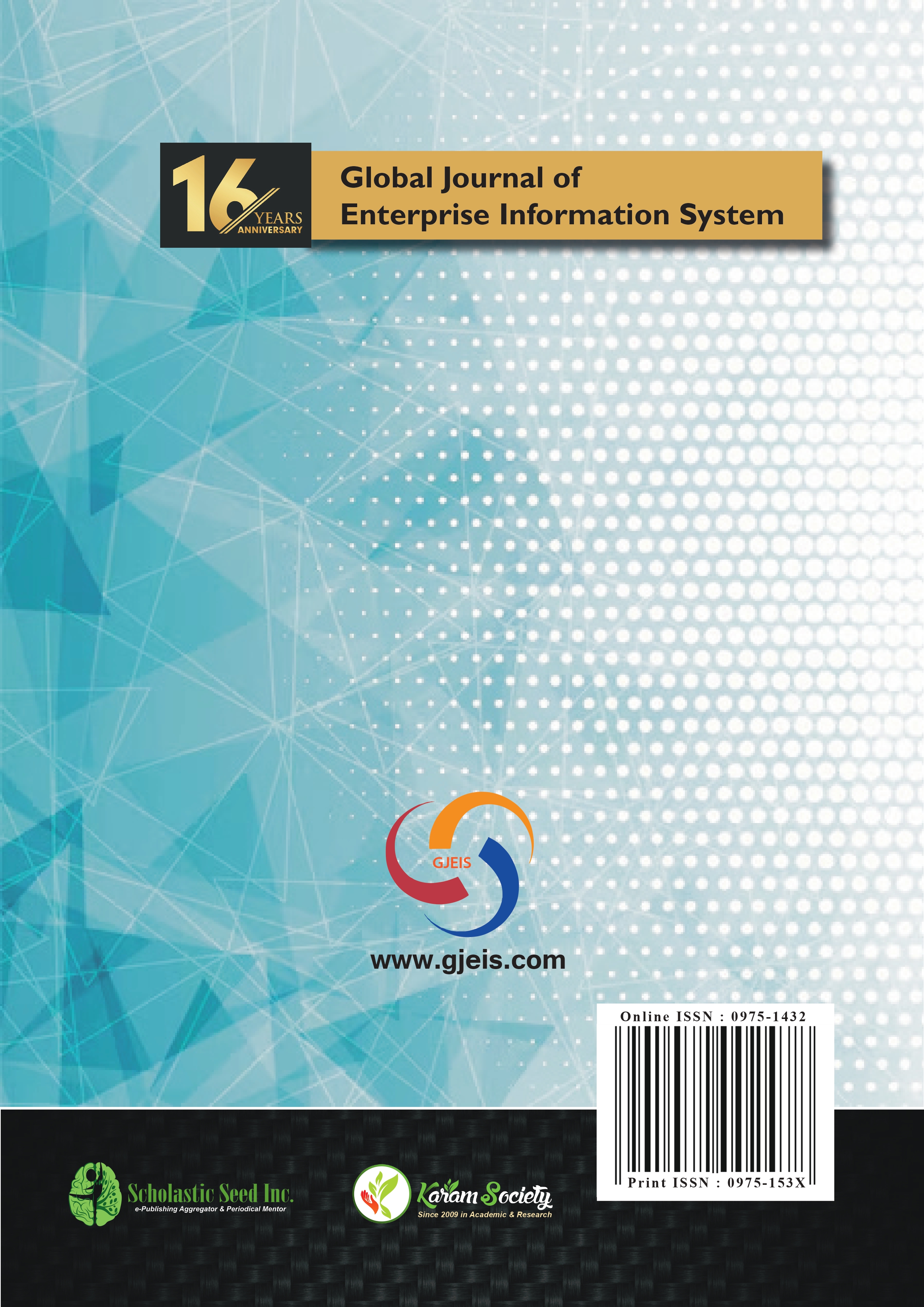A Semi-Supervised Graph-based Algorithm for Word Sense Disambiguation
Abstract
`Word sense disambiguation is an issue of computational linguistics that aims at extracting the most appropriate sense of a word
in a given context. Till date, several unsupervised graph-based methods have been devised for achieving word sense disambiguation but the majority of these methods use the notion of using multiple ambiguous words in a text corpus to create a WordNet®
graph which enforces the concept of “blind leading the blind”. In this paper, a semi-supervised algorithm has been proposed and
implemented that takes into consideration a clue-word for creating the desired WordNet® graph. The existing algorithms of word
sense disambiguation consider all the graph connectivity measures to be equally significant but this is not the case. In this paper,
a comparative study for all these graph connectivity measures is performed to discuss their connectivity aspects and priorities are
assigned to them in order to generate an effective word sense disambiguation algorithm. The WordNet® graph is generated using python external libraries NetworkX and Matplotlib. The proposed algorithm’s results are tested using SemCor database and it
shows considerable improvement over the unsupervised graph-based method suggested by Navigli.








